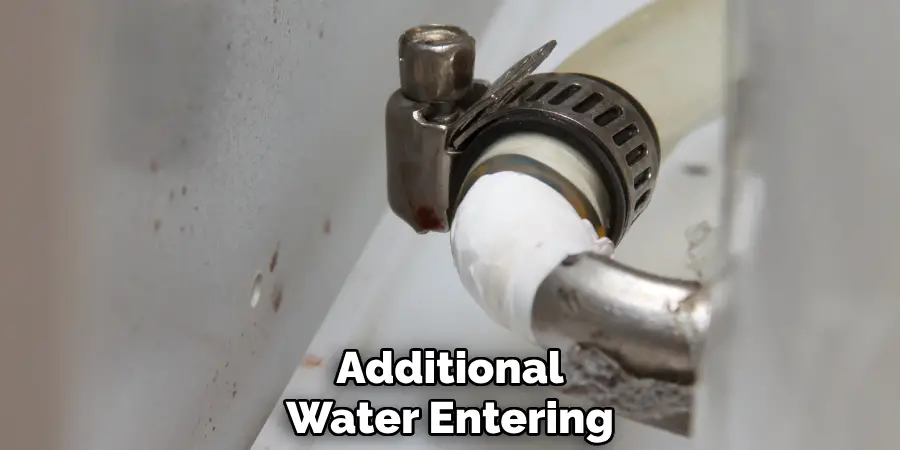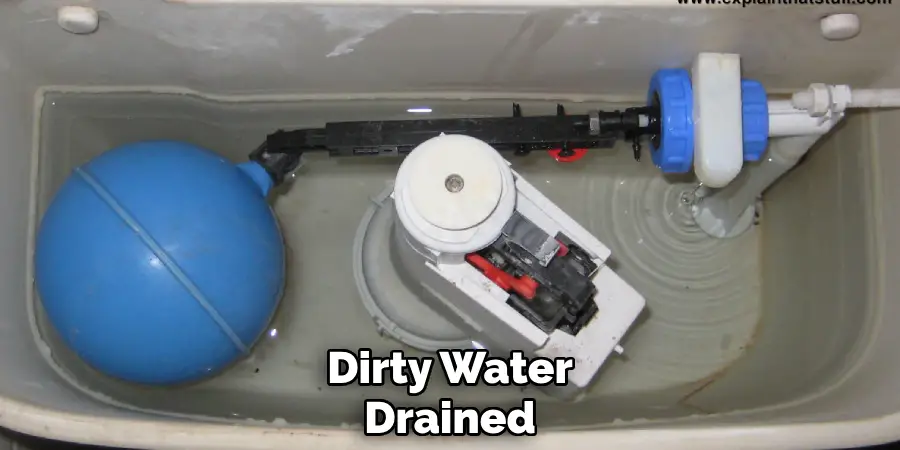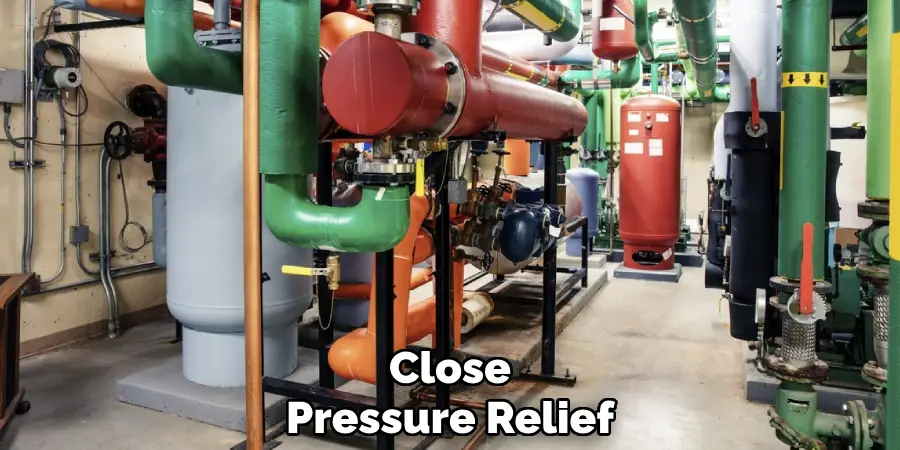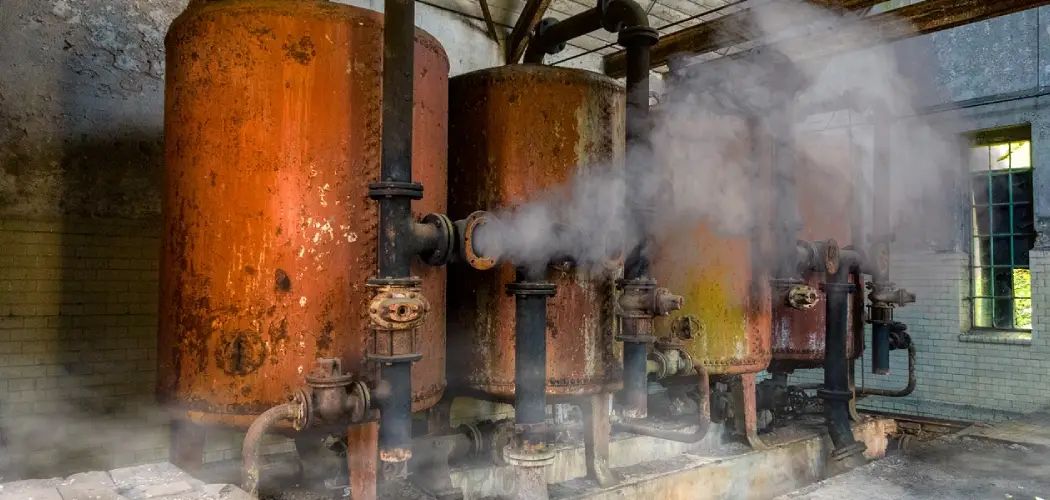Flushing a boiler system is an essential maintenance task that ensures the efficient and safe operation of your heating system. Over time, boilers can accumulate dirt, sludge, and other debris that can hinder performance and cause energy inefficiencies. By regularly flushing the boiler system, you remove these unwanted elements, potentially extending the lifespan of the system and improving its overall efficiency.
This guide will provide step-by-step instructions on how to flush a boiler system, ensuring that your heating remains reliable and effective throughout the colder months.

Why Flush a Boiler System?
Before we dive into the steps of flushing a boiler system, it’s essential to understand why this maintenance task is necessary. As mentioned earlier, over time, boilers can accumulate dirt, sludge, and other debris that can hinder their performance. This build-up can lead to various issues, such as decreased efficiency, increased energy costs, and even complete breakdowns.
Additionally, flushing a boiler system also helps remove any trapped air in the pipes or radiators. Trapped air can cause hot spots or cold spots throughout your heating system, resulting in uneven heating and potential damage.
Overall, regularly flushing your boiler system not only improves its efficiency but also helps prevent costly repairs and replacements in the future.
8 Step-by-step Guidelines on How to Flush a Boiler System
Step 1: Turn Off the Power Supply
Before you begin flushing your boiler system, ensure safety by turning off the power supply to the boiler. Locate the switch or circuit breaker panel that controls the boiler system and turn it to the “off” position.
This step is crucial to prevent any electrical hazards while you perform the maintenance task. Confirm that the boiler is completely powered down before proceeding to the next steps.

Step 2: Locate the Drain Valve and Connect the Hose/Tubing
In most cases, the drain valve is located at the bottom of the boiler unit. If it’s not easily accessible, refer to the manufacturer’s manual for its exact location. Once located, connect a hose or tubing to the valve and ensure that it is securely attached.
The other end of the hose/tubing should be placed in a drain or bucket to catch the water and debris from your boiler system.
Step 3: Turn Off Water Supply
Once the drain hose or tubing is properly connected and in place, you need to turn off the water supply to prevent additional water from entering the system during the flush. Locate the water supply valve connected to your boiler and turn it to the “off” position.
This ensures that the boiler system is completely isolated, allowing you to efficiently flush out the existing water and accumulated debris. Confirm that the water supply is shut off before moving on to the next step in the process.

Step 4: Open Pressure Relief Valve
Now that you’ve turned off the power supply and water source, it’s time to release any remaining pressure in the boiler system. Locate the pressure relief valve, usually located at the top of the boiler, and open it to let out any excess pressure.
This step is essential as flushing a hot boiler can be dangerous due to potential steam build-up. Allow the pressure to fully dissipate before proceeding with the next step.
Step 5: Drain Water from the Boiler System
Once all safety precautions are in place, you can now start draining the water from your boiler system. Open the drain valve slowly and let all the water flow out into the drain or bucket.
You may notice the water is murky, indicating the presence of debris and sludge within your system. Continue draining until the water runs clear.
Step 6: Flush with Fresh Water
After all the dirty water has drained out, you can now start flushing your boiler system with fresh water to remove any remaining debris. Close the drain valve and turn on the water supply while keeping the pressure relief valve open.
Run fresh water through your system for a few minutes, then close both valves and allow any excess water to flow out of the pressure relief valve.

Step 7: Rinse and Repeat
If you still notice significant debris or discoloration in the water during the initial flush, it may be necessary to repeat the process. Turn off the water supply once more and close the pressure relief valve. Repeat steps 5 and 6 — draining all the water and then flushing with fresh water — until the water runs entirely clear and free of any debris or sludge.
This ensures that the boiler system is thoroughly cleaned, reducing the risk of clogs or inefficiencies in the future. Once you’re satisfied with the clarity of the water, you’re ready to move on to the final steps.
Step 8: Refill and Restart Boiler System
The final step is to refill your boiler system with clean water and restart it. Close the drain valve and turn on the water supply while keeping the pressure relief valve open.
Once the system is full, close the pressure relief valve and turn on the power supply. Allow some time for the boiler to heat up, then check for any leaks or issues before using it as usual.
Following these steps on how to flush a boiler system to flush your boiler system should help improve its efficiency and extend its lifespan. Remember to check the manufacturer’s instructions for any specific guidelines or precautions before starting the process. Regular maintenance, including flushing, is crucial in keeping your heating system running smoothly and effectively.

Things to Remember
- Always turn off the power supply and water source before attempting to flush your boiler system.
- Be cautious of hot steam when flushing a hot boiler; allow any pressure to dissipate before proceeding.
- It may be necessary to repeat the process of draining and flushing until the water runs clear.
- Check for any leaks or issues after refilling and restarting your boiler system.
- Regularly scheduling a professional check-up and maintenance can help ensure the optimal performance of your boiler system throughout the colder months.
- Consider investing in a water treatment system to prevent the build-up of debris and sludge in your boiler system.
Remember, regular maintenance is essential for the longevity and efficiency of your boiler system. Flushing your boiler regularly helps remove any accumulated debris and ensures that it continues to operate at its peak performance.
By following these step-by-step guidelines on how to flush a boiler system and keeping these tips in mind, you can effectively flush your boiler system and keep it running smoothly for years to come. Don’t neglect this crucial maintenance task and give your heating system the care iit deserves. Stay warm and safe this winter season!
Additional Tips for Boiler Maintenance
- In addition to flushing your boiler system, it’s important to regularly check and replace any worn or damaged parts. This can help prevent costly repairs in the future.
- Keep an eye on your boiler’s pressure gauge and make sure it stays within the recommended range. Low pressure can indicate a leak or other issues, while high pressure can be dangerous and may require professional assistance.
- Consider installing a programmable thermostat to regulate temperature settings and save energy. Lowering the temperature at night or when you’re away from home can also reduce strain on your boiler system.
- If you notice any strange noises or odors coming from your boiler, don’t ignore them. These could be signs of underlying issues that need to be addressed.
- Educate yourself on the warning signs of a malfunctioning boiler, such as low heating output or frequent cycling. This can help you catch potential problems early and prevent larger issues down the line.
Frequently Asked Questions
Q: How Often Should I Flush My Boiler System?
A: It is recommended to flush your boiler system every 1-2 years, depending on its usage and the water quality in your area. If you notice any signs of inefficiency or have hard water, more frequent flushing may be necessary.
Q: Can I Flush My Boiler System on My Own?
A: Yes, you can flush your boiler system on your own if you have the necessary tools and knowledge. However, it’s always best to consult a professional, especially if you’re unsure or inexperienced in performing maintenance tasks.
Q: What are Some Signs That My Boiler System Needs to Be Flushed?
A: Some signs that indicate your boiler system may need flushing include decreased efficiency, higher energy bills, uneven heating, strange noises, and visible debris or discoloration in the water. If you notice any of these signs, it’s best to schedule a flush as soon as possible.
Q: Are There Any Additional Steps I Should Take After Flushing My Boiler?
A: It’s a good idea to clean any accessible components, such as the burner area and heat exchanger, after flushing your boiler. You can use a brush or vacuum to remove any remaining debris or sediment. It’s also recommended to check and replace any filters in your system regularly for optimal performance.
Conclusion
Regularly flushing your boiler system is a critical component of maintaining its efficiency and longevity. By following the outlined steps on how to flush a boiler system and addressing any signs of wear or inefficiency promptly, you can ensure that your heating system operates smoothly and safely. Taking the time to perform these maintenance tasks not only helps prevent unexpected breakdowns but also contributes to energy savings and a comfortable home environment.
Always refer to your manufacturer’s guidelines for any specific instructions and don’t hesitate to seek professional help when needed. With proper care, your boiler will continue to provide reliable heat for years to come.

